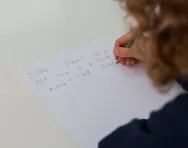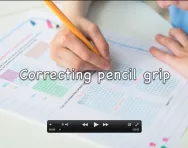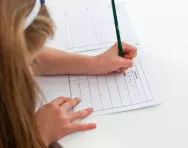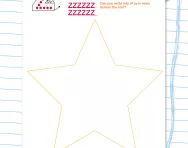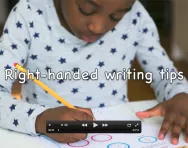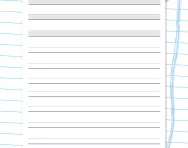TheSchoolRun.com closure date
As we informed you a few months ago, TheSchoolRun has had to make the difficult decision to close due to financial pressures and the company has now ceased trading. We had hoped to keep our content available through a partnership with another educational provider, but this provider has since withdrawn from the agreement.
As a result, we now have to permanently close TheSchoolRun.com. However, to give subscribers time to download any content they’d like to keep, we will keep the website open until 31st July 2025. After this date, the site will be taken down and there will be no further access to any resources. We strongly encourage you to download and save any resources you think you may want to use in the future.
In particular, we suggest downloading:
- Learning packs
- All the worksheets from the 11+ programme, if you are following this with your child
- Complete Learning Journey programmes (the packs below include all 40 worksheets for each programme)
You should already have received 16 primary school eBooks (worth £108.84) to download and keep. If you haven’t received these, please contact us at [email protected] before 31st July 2025, and we will send them to you.
We are very sorry that there is no way to continue offering access to resources and sincerely apologise for the inconvenience caused.
Video: The dynamic tripod grasp explained
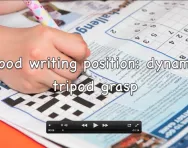
The dynamic tripod grasp is the ideal hand position for handwriting. Occupational Paediatric Therapist Catherine Elsey from the National Handwriting Association explains why and highlights good handwriting practices.
What is the dynamic tripod grasp?
The dynamic tripod grasp is considered to be the best way for children (and adults) to hold their pencil. This helps your child to control their pencil properly, making their writing neater, faster and more fluid, and to write without pain. Pencil grasp evolves gradually as your child grows, but most children have mastered the dynamic tripod grasp by the time they're six to seven years old.
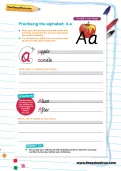
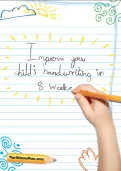
Improve handwriting in 10 minutes a day
- Step-by-step handwriting guide
- Over 200 worksheets
- From patterning to cursive
In the dynamic tripod grasp:
- Your child pinches the pencil between their thumb, forefinger and middle finger, with the middle finger behind the pencil shaft.
- The 'thumb web' - the circular space created by the thumb and forefinger, similar to the 'OK' sign - is round and open
- The ring finger and little finger are neatly tucked into the palm of the hand
- The wrist rests on the paper, below the writing line
Holding a pencil with the dynamic tripod grasp means the fingers holding the pencil can move separately from the rest of the hand.
This gives your child good pencil control and improves comfort. There are variants on the dynamic tripod grasp, and some children manage to write well with unconventional pencil grasps, but if the way your child holds the pencil is causing them pain or discomfort or seems to be having an effect on the speed or legibility of their writing, it's worth working on their grasp to help them master the dynamic tripod.

